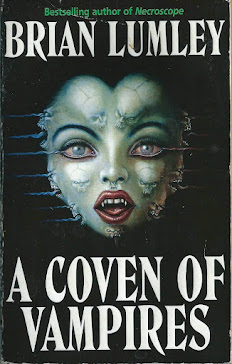3 / 5 Stars
The book is set in a generic fantasy landscape, albeit one riddled with scheming mistresses, sorceresses, queens, and courtesans, and the rather dim-witted (if heavily muscled) kings, advisors, mercenaries, and heroes who they manipulate.
As the novel opens, Rehdon, King of the nation of Dorthar and the so-called Storm Lord, is out with a troop of his soldiers on a hunting trip to the Lowlands, home of a race of docile, reticent barbarians with blonde hair and blue eyes. Rehdon, like all of the race of the Vis who make up the population of Dorthar, views the Lowland race with contempt.
The King takes his pleasure with a Lowland sorceress named Ashne’e, who accompanies the party back to Kormavis, the capital city of Dorthar, and takes up residence in the palace.
This displeases Queen Val Mala, since any son spawned by Ashne’e will inherit the Kingship and ascend the throne as the successor Storm Lord. The thought of a Vis / Lowlander half-breed inheriting the throne is anathema to Val Mala.
Following extended sessions of palace intrigue and duplicity, Raldnor, the bastard son of Rehdon and Ashne’e, is spirited away to the Lowlands, there to mature in ignorance of his heritage.
The bulk of the novel is centered on the various adventures encountered by Raldnor as he comes to awareness of his destiny, and then fulfills it.
As a Tanith Lee novel from the 70s, ‘The Storm Lord’ adheres to a number of conventions for fantasy novels of that time and place.
Readers of contemporary epic fantasy novels, such as ‘The Name of the Wind’, ‘The Warded Man’, and the ‘Game of Thrones’ series, will no doubt be bewildered, even turned off, by Lee’s use of highly figurative prose.
Paragraph after paragraph relates of crouching shadows, brooding darkness, angry winds, sullen yellow skies, etc., etc. At times Lee gets so caught up in Metaphor and Simile Excess that I had to re-read passages in order to determine what (if anything) actually was taking place.
Such a stylistic approach to fantasy writing was common in the 70s and borrowed heavily from the work of Michael Moorcock and M. John Harrison, in particular.
As well, the action components of Lee’s narrative are subdued, with the narrative more focused on the personal interactions of the cast of characters, rather than the swords and sorceries usually supplying the bulk of an epic fantasy plot.
Readers with the patience for a narrative with an ornate prose style, and a fantasy novel with a darker, more ambiguous atmosphere, will find ‘The Storm Lord’ worth investigating.

























